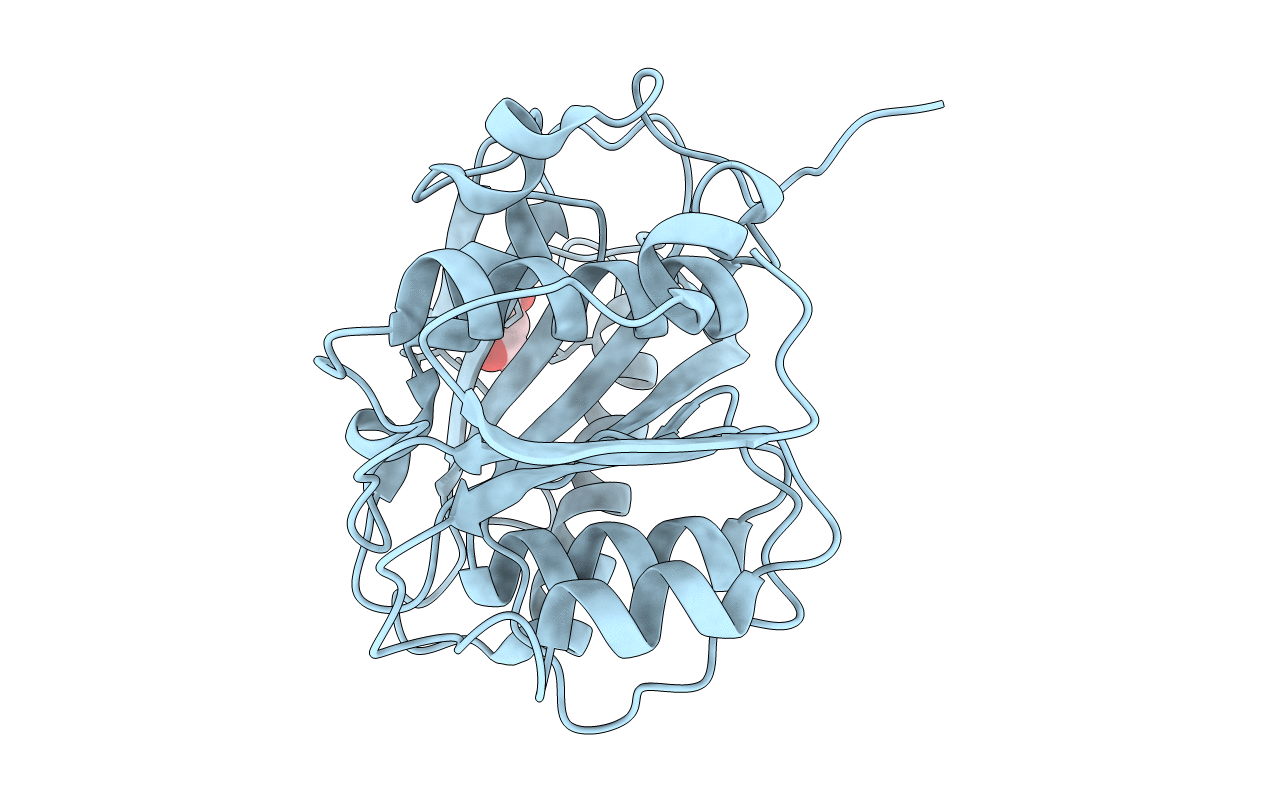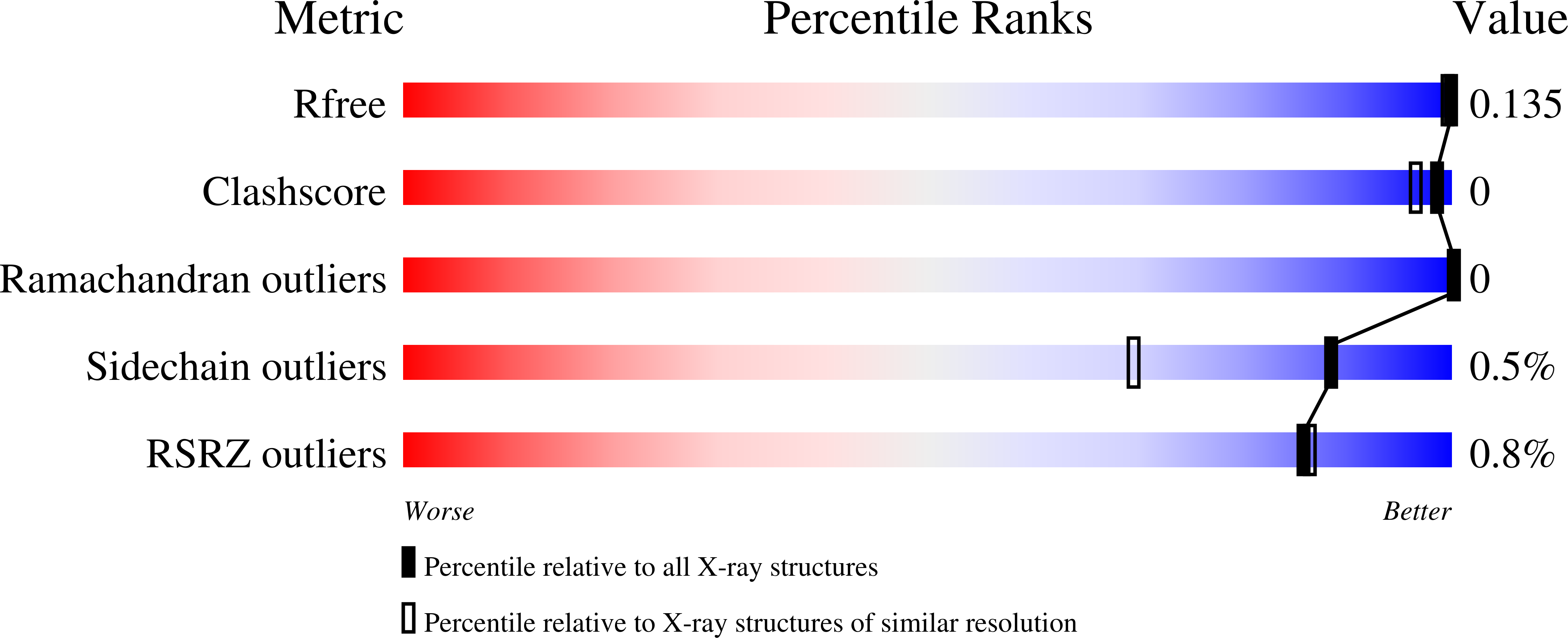
Deposition Date
2022-05-11
Release Date
2022-09-21
Last Version Date
2024-10-30
Entry Detail
Biological Source:
Source Organism:
Ideonella sakaiensis (Taxon ID: 1547922)
Host Organism:
Method Details:
Experimental Method:
Resolution:
1.30 Å
R-Value Free:
0.13
R-Value Work:
0.11
Space Group:
P 31 2 1


